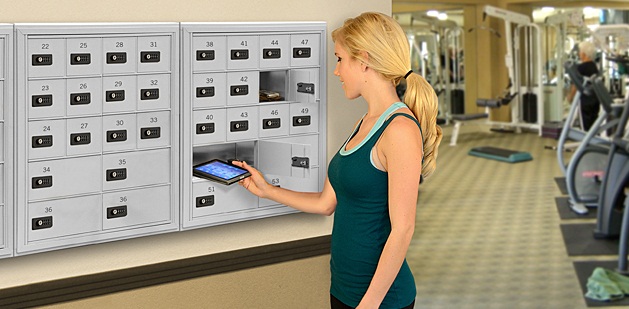In the last ten years personal cell phone ownership has increased dramatically around the world. Known as cell phones, mobile phones or smartphones, these communication devices have become the preferred means of communication in virtually every country. In the United States, for example, school age children typically own their own cell phone phones which they use for routine calling, texting and internet surfing. What is true of children is also true for adults in all walks of life. The growing disappearance of pay phones is paralleled by the growing use of cell phones by all members of modern society.
While cell phones, particularly smartphones, increase our communication capabilities, they also present security concerns in certain environments. Every cell phone today comes equipped with a camera. Picture taking in certain circumstances can be a violation of personal privacy. That is why most locker rooms in recreational facilities have posted policies regarding the proper versus illicit usage of cell phones. Patrons are sometimes requested to refrain from bringing cell phones or similar devices into the locker room. A cell phone locker is a mini locker with individual lockable compartments might be mounted on the wall to provide a handy place to store the cell phone outside of the locker room.
Cell phone security lockers are also used in controlled security areas where no one is permitted to carry any device that can take pictures or record sound. Such restrictive use of cell phones is common in military facilities and high security work environments. Signs may be posted indicating a cell phone forbidden zone, and special cell phone lockers may be provided to allow personnel to safely secure their devices. What is true of cell phones applies equally to digital cameras, both of which present security challenges in top security environments.
An effective cell phone locker will have properly sized, secure, lockable compartments to house all standard cell phones. Depending on the security level of a given site, special consideration will be given to the type of locks utilized. To provide the highest level of lock security, the cell phone lockers should be equipped with locks that meet acceptable standards of pick resistance and drill resistance. The cell phone locker itself should be constructed in a manner that provides adequate pry resistance to unwanted penetration.
While mini lockers in general and cell phone lockers in particular provide a convenience for personnel and patrons, they are an essential tool of management that assumes the burden and responsibility of maintaining acceptable security protocols. Therefore, the cell phone lockers must provide management with the ability to access any locked compartment by means of a master key, or more globally by means of a master door which provides immediate access and control of all individual locker doors at once.
Although the use of cell phone lockers stems from a security imperative, consideration should also be given to architectural and aesthetic concerns. Voluntary usage of cell phone lockers is encouraged and enhanced by attractive lockers that are ergonomically installed. Such lockers may be surface mounted on the wall no higher than eye level to allow users to conveniently deposit articles, lock door, and ultimately unlock and retrieve. If the cell phone lockers are shallow, perhaps eight inches or less in depth (approximately 200 mm.), then they may be surface mounted on the wall. Otherwise they can be recessed into the wall providing a flush appearance with respect to the wall.

0 comments:
Post a Comment